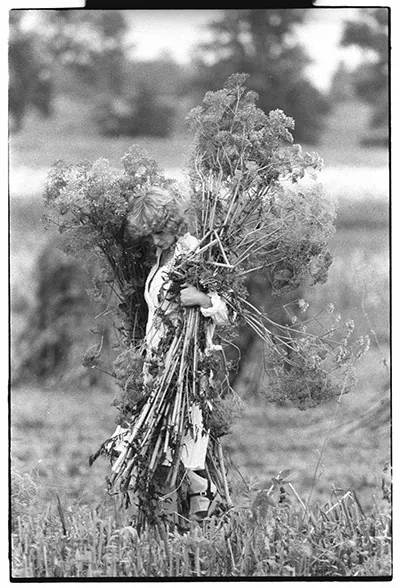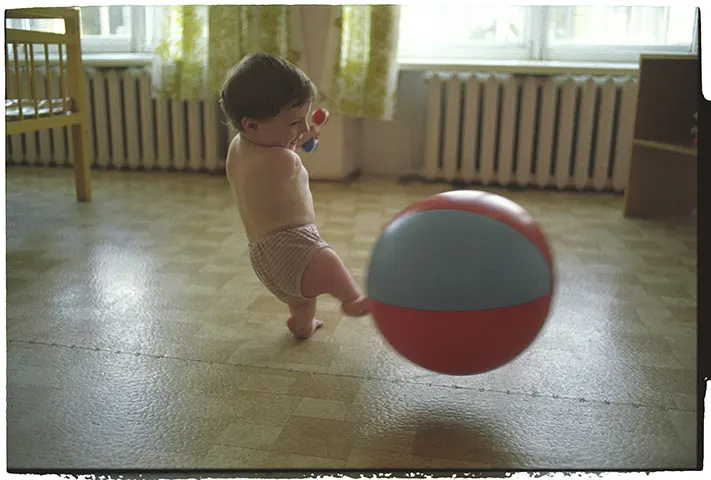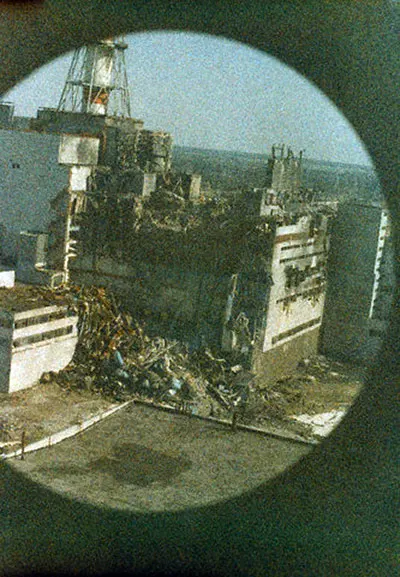
Above is Ukrainian photographer Igor Kostin’s grainy picture taken on the morning of April 26 1986 of the Soviet-era Chernobyl nuclear reactor. Within hours of the Chernobyl explosion, Kostin (27 December 1936 – 9 June 2015) and four other photographers flew over the nuclear power plant in a helicopter. The high radiation ruined all of his pictures except for one (below).
A series of explosions had destroyed Chernobyl’s reactor No. 4. Hundreds of staff and firefighters tackled a blaze that burned for 10 days and sent a plume of radiation around the world. More than 50 reactor and emergency workers were killed in the immediate aftermath.
Kostin continued to record stories of those affected by the disaster, including pictures of gigantic plants and malformed animals in the 30-mile exclusion zone. His 1998 photograph of a child in a special school for abandoned children in Belarus was nicknamed ‘the Chernobyl Child’. The child was adopted by a British family and endured many operations.
Kostin’s work was collated in the book Chernobyl: Confessions of a Reporter.
These pictures were supplied for our original post in 2015. They have taken on new resonance following Russia’s invasion of Ukraine.
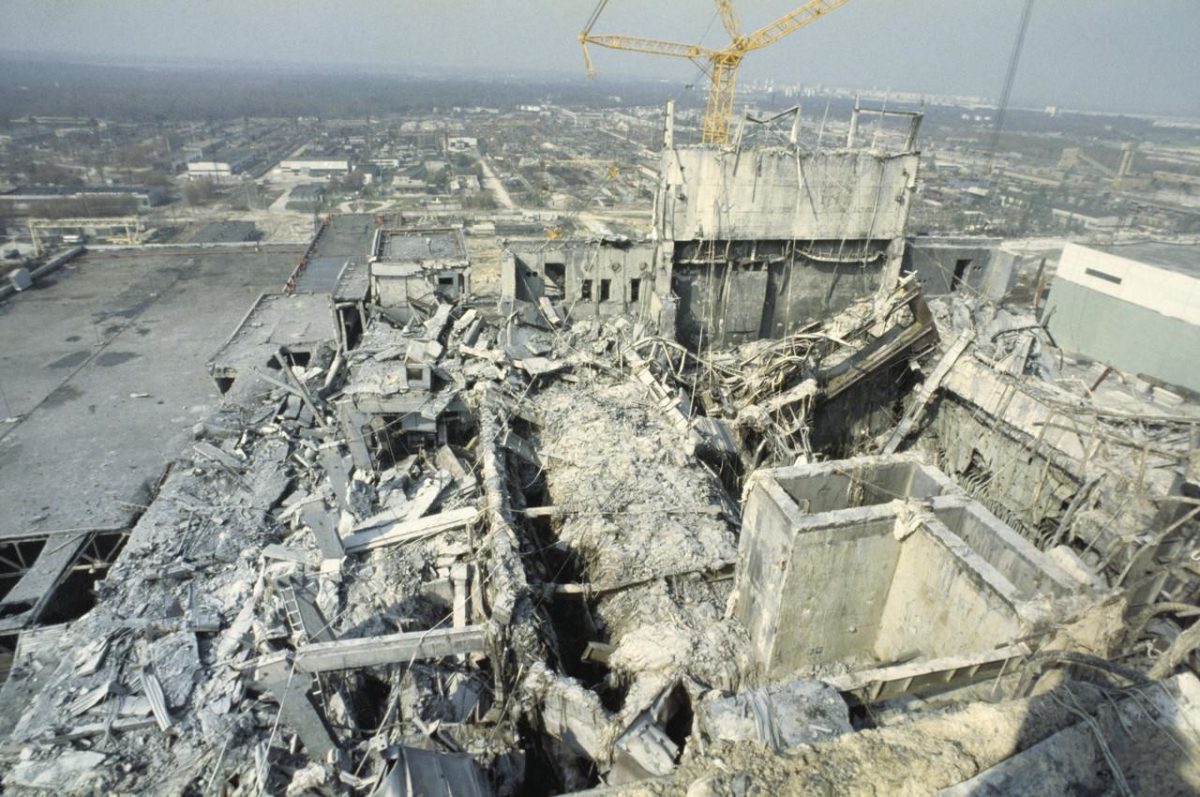
Kostin’s photograph of Chernobyl survived the intense radiation.
Aircraft sprayed the disaster site with a fluid that stuck the radiation to the ground. Workers, known as ‘liquidators’, rolled the dried “bourda” (molasses) and buried the nuclear waste. Liquidators were ill-equipped, often wearing anti-chemical warfare suits that offered no protection against radioactivity.
Others made their own clothes from lead sheets cut into aprons, covering them in front and behind. “The clever ones also added a vine leaf for extra comfort,” said Kostin.
Liquidators, nicknamed “roof cats”, cleaned the roof of reactor 3. Robots were tried, but they could not cope with the high radiation. But, apparently, people could – so long as they remained on the roof for no longer than 40 seconds any one time. Any longer and they’d be hit by the amount of radiation a human could expect to receive in a lifetime.
Not that they were not rewarded for dying too young. Tasked with flying a red flag from the top of the reactor to hail the end of the cleaning work in October 1986, Alexander Yourtchenko, Valéri Starodoumov and Alexander Sotnikov each scored a bottle of Pepsi and a day off.
And they got the food. The Russians worked to keep the disaster a secret. Contaminated farm produce was harvested, repackaged and sold as fit for human consumption.
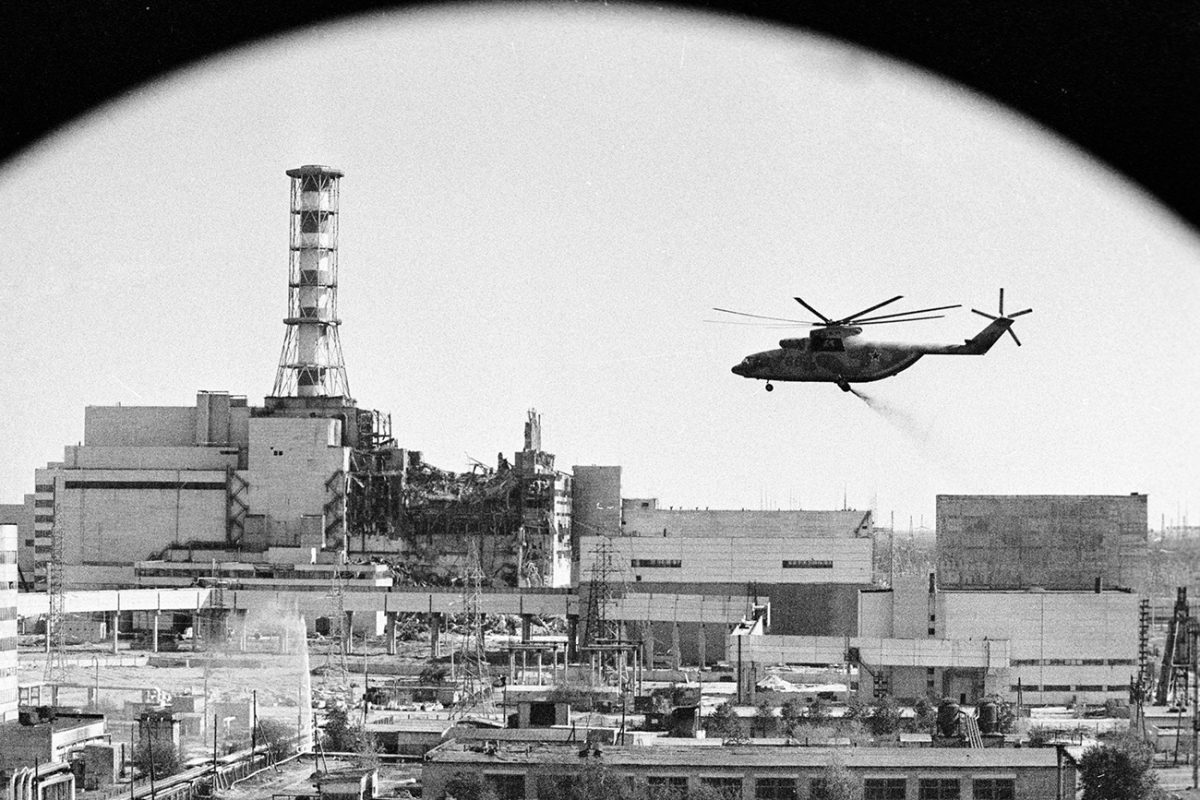
May 1986: A helicopter decontaminates the disaster site.
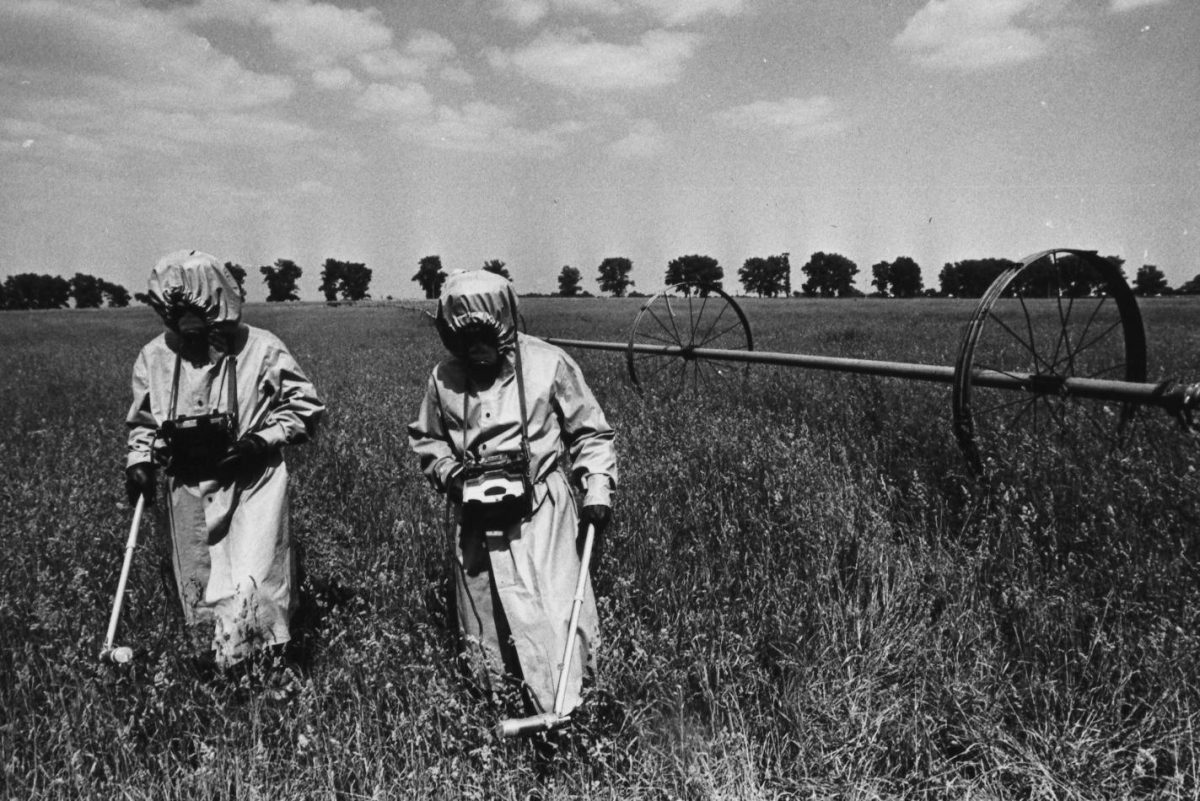
May 1986: In a 30km no-go zone around the reactor, liquidators measured radiation levels in fields using radiation counters. Their anti-chemical warfare suits offer no protection against radioactivity.
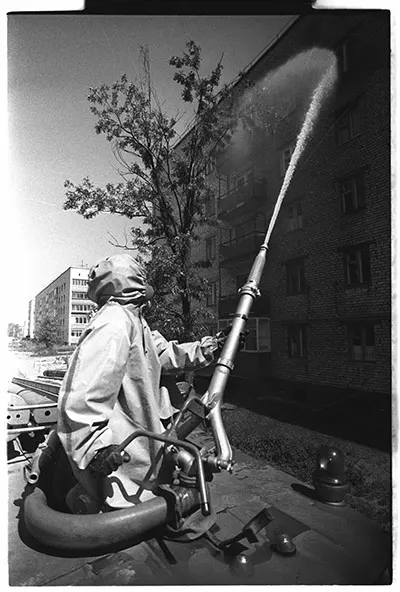
May 1986: Following the evacuation of around 15,000 residents from Chernobyl on 5 May, 1986, liquidators washed radioactive dust off buildings and streets using “bourda” (molasses).
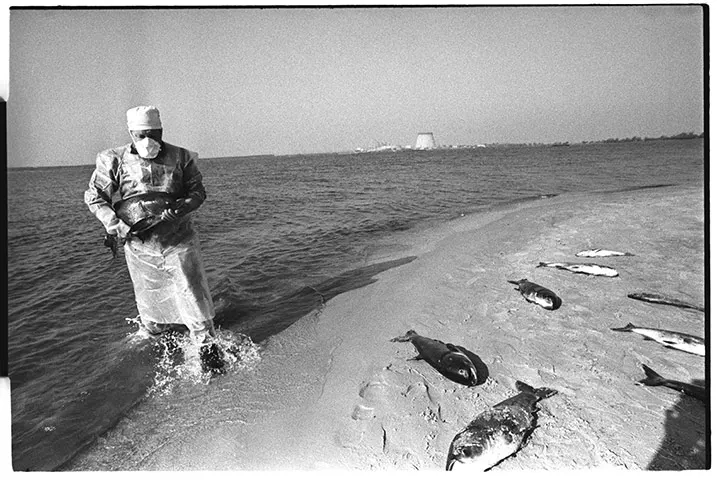
June 1986: Fish dead from radiation flounder by an artificial lake used to cool the Chernobyl plant that was used to cool the turbines.
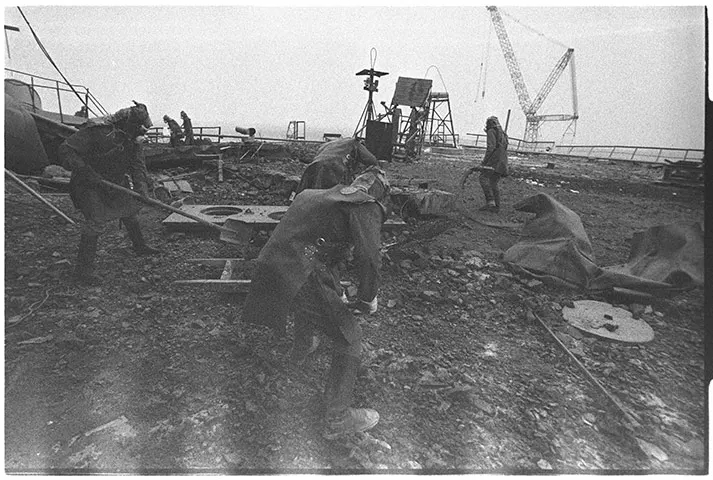
September 1986: Liquidators clean the roof of reactor 3.
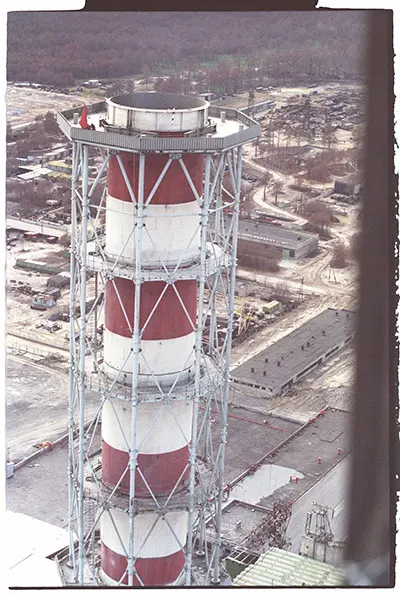
October 1986: Reactor 3
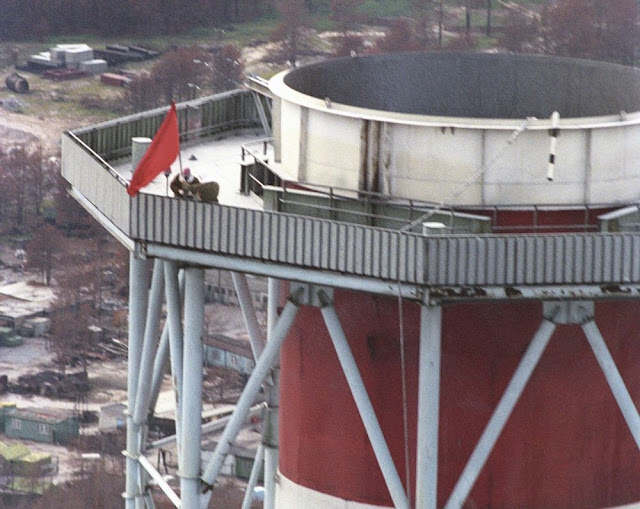
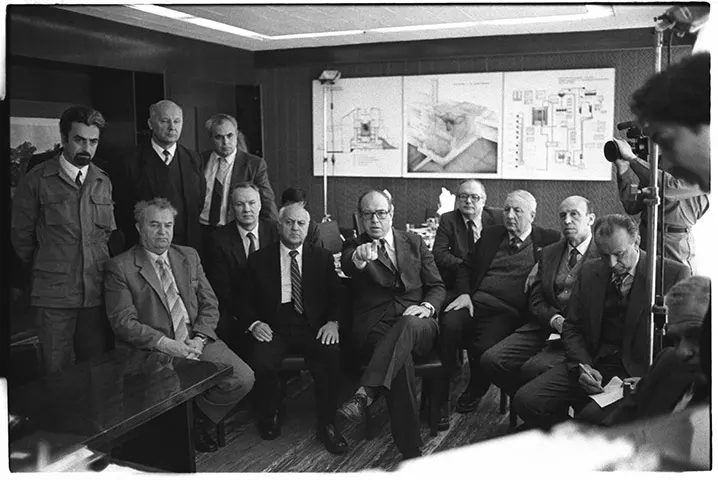
November 1986: Hans Blix (centre), director of the International Atomic Energy Agency, watches a video detailing the clean-up operations with members of a government commission.
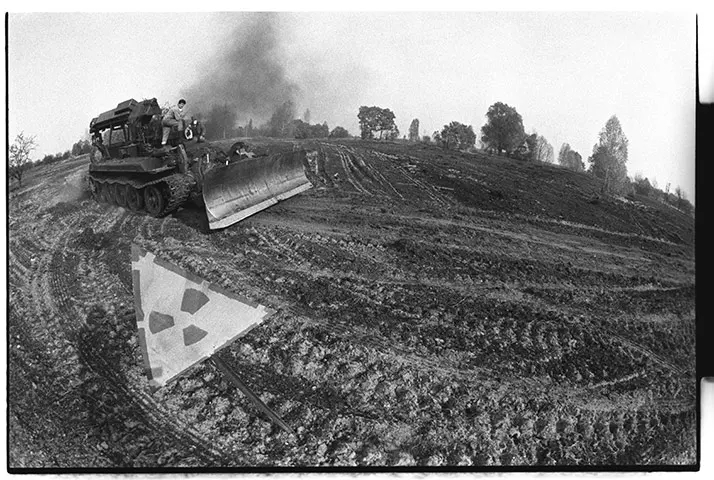
August 1987: Kopachi, a village 7km from the Chernobyl reactor, is flattened and buried
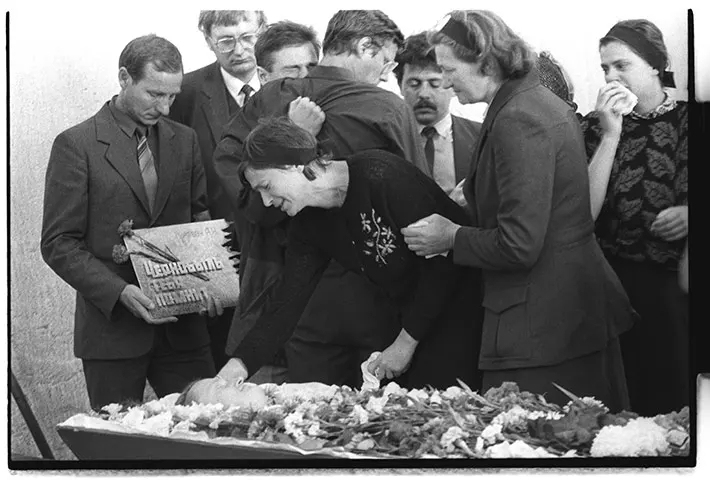
1988: Relatives at the funeral of radiation expert “roof cat” Alexander Goureïev, a liquidator who cleared the roof of reactor 3.

1988: Jitomir, Ukraine.
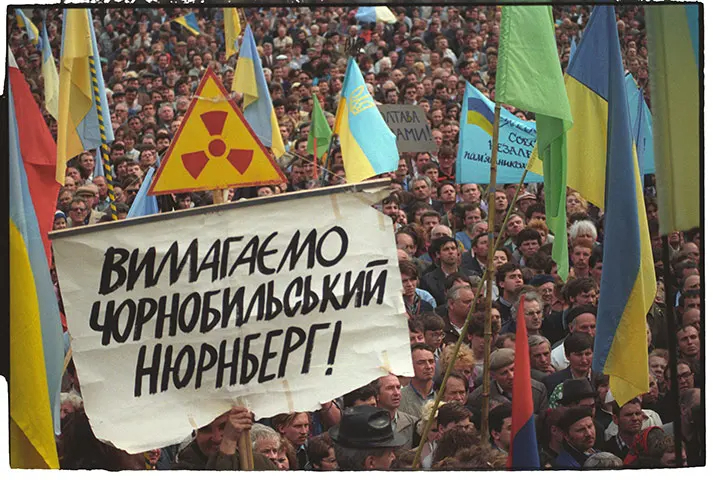
August 1989: Demonstrations in Kyiv demand the public sees secret Chernobyl documents. “We demand a Nuremburg trial for Chernobyl.”
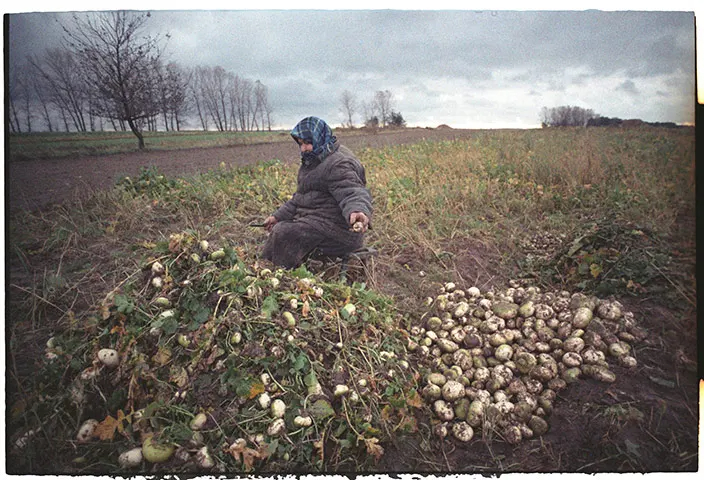
1992: A villager in the no-go area continues to live off the land.
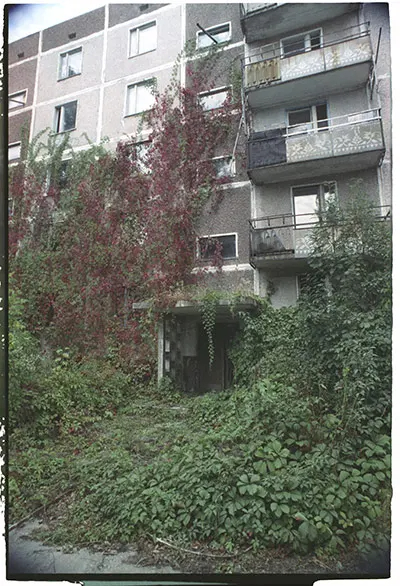
1992: The evacuated city of Pripyat, no longer home to the 47,000 inhabitants. it cannot be inhabited for another 24,000 years.
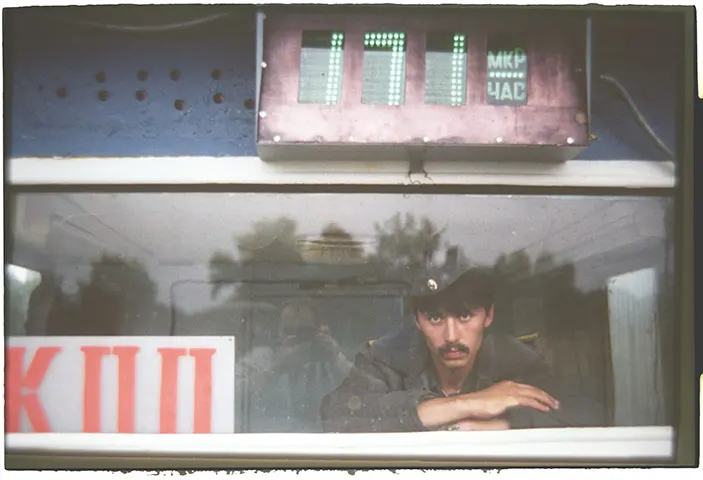
Summer 1991: Kostin reflected in the window of a control post at the entrance to Pripyat
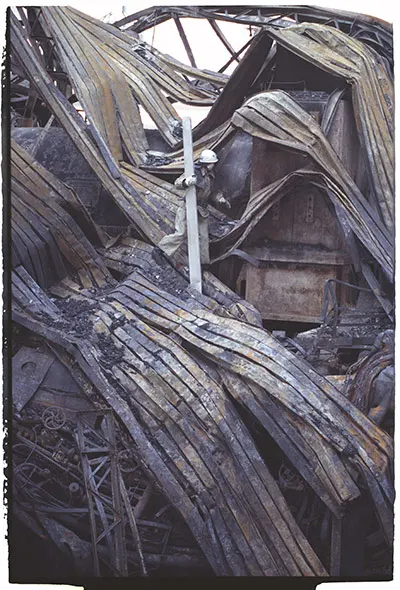
12 October 1991: After a second explosion at the Chernobyl nuclear power station on 11 October, 1991 in the turbine hall of reactor 2.
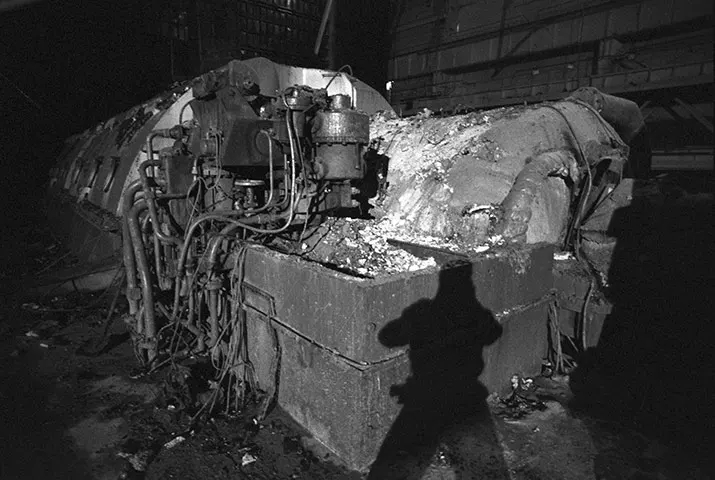
June 1992: Kostin in the machine room under reactor 4
Would you like to support Flashbak?
Please consider making a donation to our site. We don't want to rely on ads to bring you the best of visual culture. You can also support us by signing up to our Mailing List. And you can also follow us on Facebook, Instagram and Twitter. For great art and culture delivered to your door, visit our shop.




